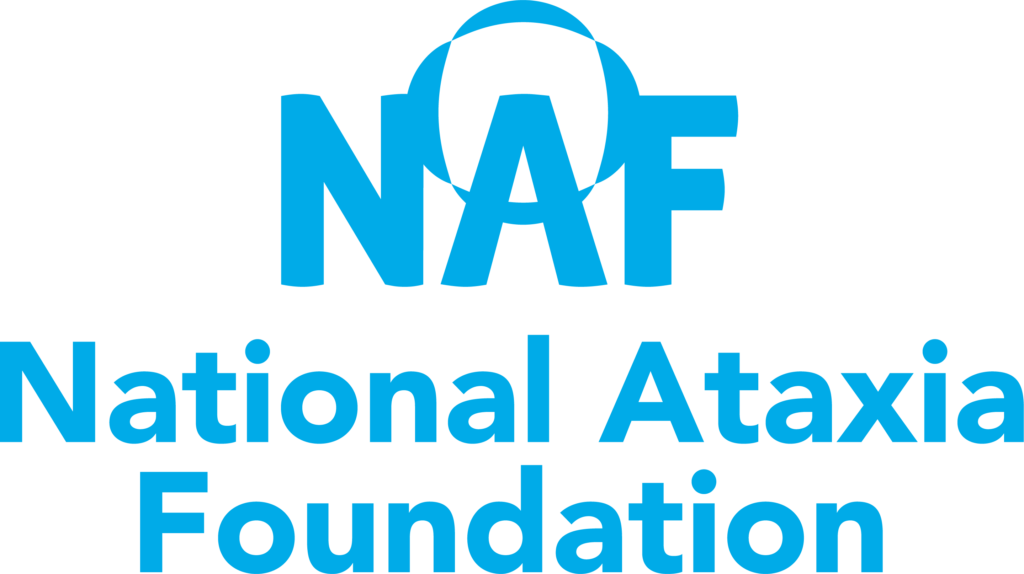
“Where did you come from, where did you go?”: Measuring disease progression in SCA1, 2, 3, and 6
Written by Alexandra Putka Edited by Dr Hannah K Shorrock Scientists characterize SCA1, 2, 3, & 6 disease progression, finding that symptoms change most rapidly in the first 10 years of the disease. Designing clinical trials for rare diseases such as spinocerebellar ataxias (SCAs) requires us to know the timeline Read More…

















